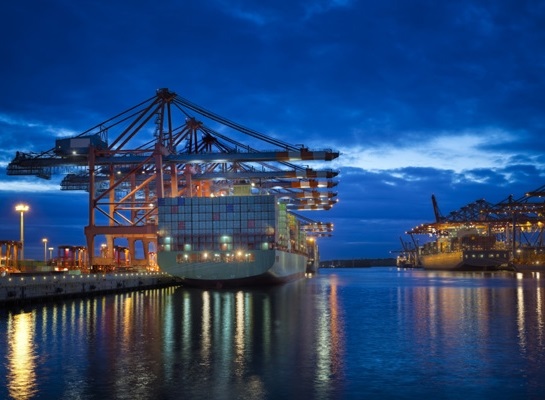APEC and Trans-Pacific Partnership mutually useful: research

A successful conclusion to the Trans-Pacific Partnership negotiations currently underway would cover more than USD 500 billion worth of trade among its members, according to research published by APEC’s Policy Support Unit.
The Trans-Pacific Partnership (TPP) involves negotiations between nine APEC economies – Australia, Brunei Darussalam, Chile, Malaysia, New Zealand, Peru, Singapore, Viet Nam and the United States – for a free trade agreement (FTA), which, if concluded, would become one of the largest in the Asia-Pacific region.
The PSU research, which is separate to the negotiations, focuses on how APEC and the TPP could be mutually useful in achieving their objectives, despite their different approaches.
This includes removing tariffs, reducing other barriers to trade and increasing convergence across the region on rules and regulations covering a range of trade areas, such as customs procedures, rules of origin and services.
“The TPP agreement would bring together a significant number of APEC members from both sides of the Pacific Rim under a single FTA. The impact of this possibility would be significant. If the current negotiations are successful, at least nine APEC economies would be subject to similar rules mutually agreed,” the report says.
The research shows that some USD 500 billion of current trade between the nine economies would be covered by the TPP, which represents 6.7 percent of total intra-APEC trade. The share of TPP trade as a percentage of each economy’s trade with the world would vary. Currently, US trade with TPP economies covers 5.5% of total US trade, for example, while New Zealand trade with TPP economies covers 38.2% of total New Zealand trade.
The report, the Mutual Usefulness between APEC and TPP, shows that initiatives undertaken by APEC since its inception to address trade and investment barriers could provide useful guidance and references for TPP participants to help them achieve an agreement.
Among APEC initiatives outlined in the research are model measures developed to promote consistency in FTAs across the region. The measures in areas ranging from transparency to dispute settlement can be useful references for APEC members negotiating FTAs.
APEC also acts as an incubator of ideas to address “next generation” barriers to trade and investment in a range of areas such as supply chain connectivity, which TPP participants can then use to develop their high-quality agreement.
As a non-binding and consultative forum, APEC and its members can explore and develop voluntary guidelines, principles or initiatives to trade issues more easily than can be achieved during formal negotiations, including TPP negotiations, for binding trade agreements.
“APEC’s role as an incubator, as reinforced by Leaders in 2010, is very clear. Thanks to APEC, many ideas have matured after being discussed and analysed by its members before being implemented,” the report says.
“Likewise, TPP represents a boost to the APEC agenda, no matter APEC’s condition as a non-binding and non-negotiating forum, since current TPP negotiations have the potential to generate a substantial outcome that allows APEC to achieve great progress in strengthening its regional economic integration work program, meeting the goals of free and open trade and investment, and promoting convergence across the region,” it says.
“If successful, an expanded TPP is a good opportunity to have a large number of APEC economies under a single FTA.”
The research follows the declaration by APEC Leaders at their 2010 meeting that the TPP, along with other regional architecture such as the ASEAN+3 and the ASEAN+6, could be building blocks to achieve a wider Free Trade Area of the Asia-Pacific (FTAAP).
At that meeting in Yokohama, Leaders stated that now is the time for APEC to turn its aspirational goal of a FTAAP into a more concrete vision. APEC was therefore tasked with the critical role to provide leadership and intellectual input into the process of the development of a FTAAP and by defining, shaping and addressing the “next generation” trade and investment issues such high-quality agreements should contain.
“As well as many other integration schemes within the APEC region, the TPP is an attractive stepping stone towards the realization of the FTAAP. However, it is premature to say that this integration scheme will lead the process to FTAAP,” the research says.
Details about APEC meetings including APEC Leaders’ week in Honolulu in November can be found at www.apec.org. You can also follow us on Twitter and Facebook.
# # #
For more information, contact: Michael Chapnick +65 6891 9670 at [email protected] or Trudy Harris +65 6891 9671 at [email protected]

